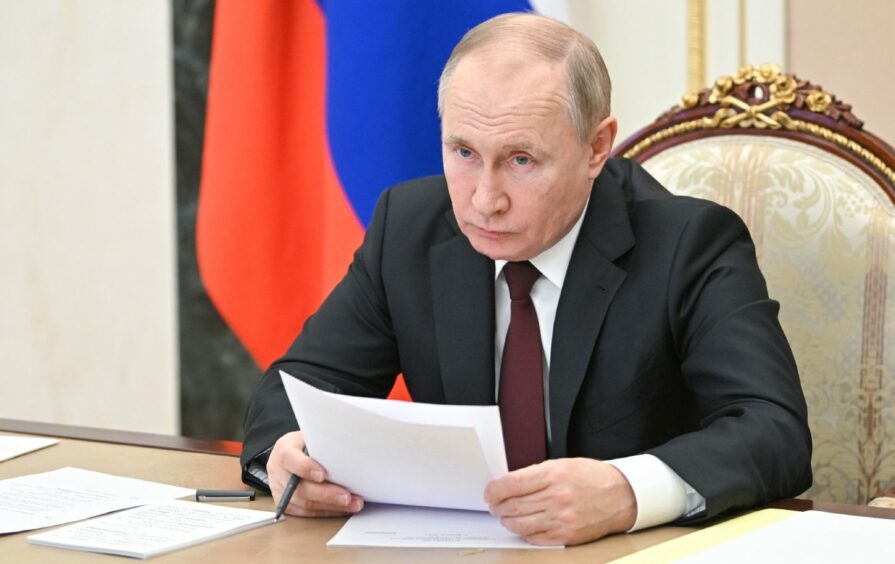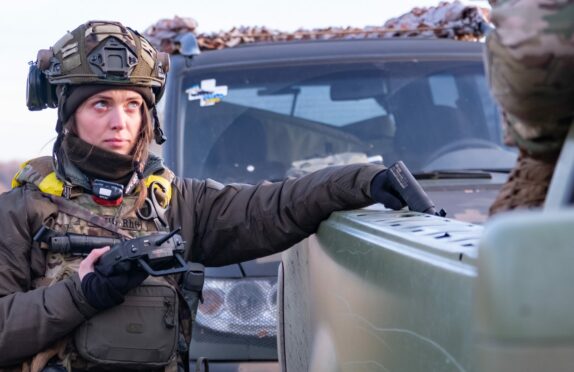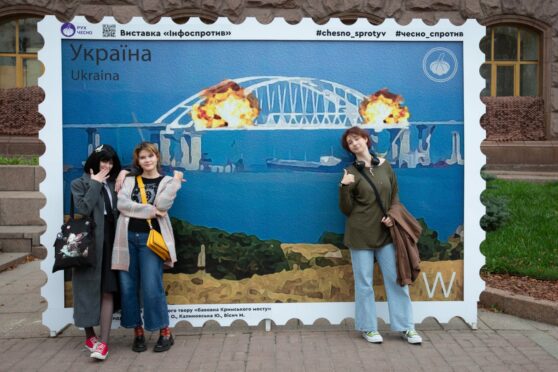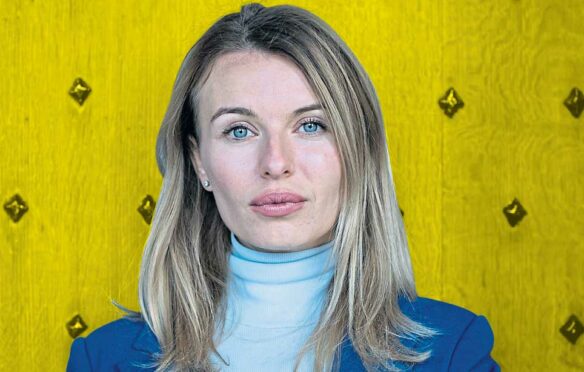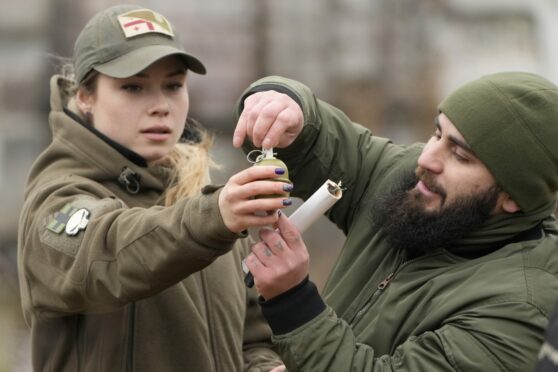
Rick Fawn is professor of international relations at the University of St Andrews. Among his books are Managing Security Threats along the EU’s Eastern Flanks
We are rightly focused on the massive Russian military build-up around Ukraine and the most recent, and potentially most troubling, is in Belarus.
The concern is that Vladimir Putin could, in the process of mobilisation, seize control there as our gaze is locked on events south of this post-Soviet dictatorship.
A number of reasons suggests the move would appeal to the Kremlin. Firstly, Putin craves regional order and stability. That means having leaders who reliably maintain domestic autocratic order, and comply with building ever-closer working relations with Russia, including Putin’s pet regional project of the Eurasian Economic Union. We know Putin’s fear and revulsion at the (peaceful) removal of previous friendly regimes in other post-Soviet nations.
The biggest example of that came in 2014 when Ukraine’s Viktor Yanukovych failed to keep order and fled to Russia, where the Putin regime gave refuge to other failed post-Soviet leaders.
Belarus’s President Alexander Lukashenko, clinging to power for almost 30 years, failed that essential Putin test following falsified elections in 2020. Despite violent repression, mass protests continue. Worse, an effective government-in-exile under Sviatlana Tsikhanouskaya functions with Western support.
Belarus is an embarrassment and a political risk for Putin. That is intolerable already. The fears of Western political contagion that contributed to Russia’s current mobilisation against Ukraine applies to Belarus.
From the Kremlin’s perspective Lukashenko cannot be trusted to run his country. Worse, he could be ousted, with a credible, Western-focused elite ready to take over. Western institutions would embrace Belarus, the only country in Europe still not even a member of the Council of Europe. The Foreign Office’s disclosure in January of a Russian-planned coup in Ukraine, and a similar claim by the Ukrainian government in November 2021, is a scenario that makes greater sense in Belarus.
Second, despite Lukashenko’s failures, Russian military and security penetration of Belarus is immense. Russian control, even annexation, was easy before, and is simpler with the new Russian presences. It is inconceivable that those Russian deployments and exercises come with no additional control over Belarusian military-security systems.
Applicable to Belarus is US Secretary of State Antony Blinken’s quip, in that case regarding Kazakhstan, that once present, Russian troops tend not to leave. Moldova and Georgia had Russian “peacekeepers” on parts of their territory that grew from Soviet-era basing, despite international efforts to curtail them. In Georgia’s case, after 2008, even more Russian personnel and hardware were moved in – with those new Russian deployments in South Ossetia being but a 45-minute drive to Georgia’s capital.
While Russia sought to interject its “peacekeepers” into Karabakh as part of its brokered ceasefire between Armenia and Azerbaijan in 1994, Moscow had to wait until 2020 – and then deployed its forces as the proverbial ceasefire ink was drying. Now Russian forces are set to stay for five years, and with provisions for an extension.
Third, Putin may not win over Ukraine. No Western government has given him a shred of his demands, despite his moments of prestige gained from securing exclusive bilateral talks with the US. If current pressure on Ukraine fails to deliver Putin a meaningful outcome, or even some face-saving measure, then Belarus also performs as a consolation prize.
Fourth, direct control and even annexation of Belarus affords Russia an important strategic advantage. Ukraine would be permanently pressured from its north, and within closest reach of Ukraine’s capital. A Russian-operated Belarus also closes the painful land gap between Russia’s Kaliningrad and the rest of Russia. Additionally, it gives Russian control over the tiny land bridge of the Suwalski Gap, between Nato’s eastern members of Poland and Lithuania. Russia would render those countries even more vulnerable to future threats.
The annexation of Belarus would also bring further political and economic destabilisation to these Nato and EU member states – ones who political and economic reforms made them role models of transformation in the post-communist world. Better still, this would also be comeuppance for Latvia and Estonia, roughly 40% of whose population are Russian-speaking and whom Moscow claims were mistreated. Righting seeming historical injustice is important to Putin.
Fifth, as with Ukraine so with Belarus, the Kremlin can claim it is regaining lost lands and peoples. Belarussians are “small Slavic brothers” in the same, dismissive way that Putin personally has designated Ukrainians. The phrase “two states one people” is used, even on banners in the current Belarusian-Russian joint exercises – but if so, why would one people need two states? The strategic gains of reintegrating Belarus would go hand-in-hand with saviour-like claims that Moscow is reassembling historic brethren and providing ever-lasting protection from the West.
At least the current, brazen Russian military build-up against Ukraine generated relatively consistent Western unity and armed responses. But Putin has masterfully wrongfooted the West, when also not dividing it. The Belarus opportunity would fit among the strategic magic tricks that the Kremlin has engineered in the post-Soviet space. Events in Crimea in 2014 at first seemed a distraction from the revolutionary events in Ukraine’s capital. Kyiv is now settled. Eight years on, Crimea, and Donbas too, remain core theatre.
The Russian leadership certainly feels aggrieved by the post-Cold War order. It wants vengeance and to gain compensatory strategic advantages. While we are all necessarily focused on Ukraine, other sinister and destabilising measures may be under way. Let’s hope none occurs with Belarus. European security has been upended enough.
But the Kremlin’s logic, past behaviour, and its skills of distraction and of surprise are warnings enough to make the Belarusian scenario worryingly credible.

Enjoy the convenience of having The Sunday Post delivered as a digital ePaper straight to your smartphone, tablet or computer.
Subscribe for only £5.49 a month and enjoy all the benefits of the printed paper as a digital replica.
Subscribe
